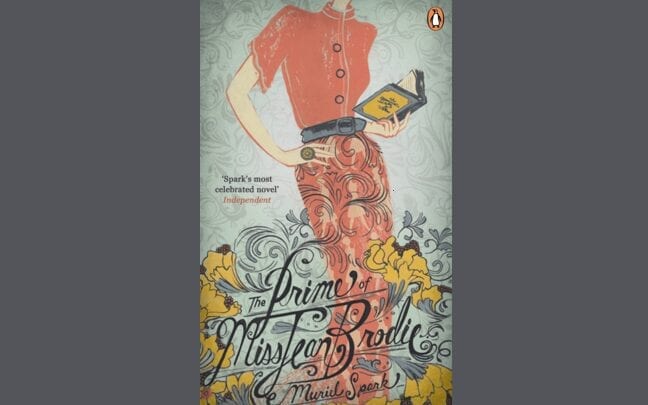There seems to be a similar rhetoric in the literature set at all-girls’ schools: novels and films feature independent young women, extraordinarily clever, who maintain friendships for the rest of their immensely successful lives; they’re ladylike, and will fight for girl power at any given moment. Anyone who attended an all-girls’ school will protest that this, for the most part, is widely untrue. Muriel Spark’s The Prime of Miss Jean Brodie does just this. The novel details the mentality of a group of girls in their pre- and teenage years, depicting insufferable idolisation, their developing sexualities, and their desire to belong.
The novel is set in 1930s Edinburgh, at Marcia Blaine School for Girls. The Brodie set – made up of Sandy Stranger, Rose Stanley, Mary Macgregor, Monica Douglas, Jenny Gray, and Eunice Gardiner – are mentored by Miss Brodie, their eccentric and matriarchal teacher, during their time at school. It is mentioned at the start of the novel that Miss Brodie is eventually betrayed by one of her girls; the non-chronological narration informs the reader as the novel continues as to why Miss Brodie is betrayed, the way in which she attempts to dictate the girls’ lives, and the influence Miss Brodie holds upon the girls after they leave school. During their school years, Miss Brodie declares that she is in the prime of her life: the height of her cultural education and sexual exploration. The girls aspire to be just like Miss Brodie and she attempts to influence the girls enough to allow this to happen; naturally, the opinions the girls have of Miss Brodie change as they grow up.
The idea that Miss Brodie is a feminist character is a difficult one to agree with. She displays no traits of a heroine figure by the end of the novel; instead, she is portrayed as frail, alone and quite pathetic. Similarly, it is difficult to identify with any one of the girls. These characters are not developed much further than their initial descriptions at the start of the novel, nor are they particularly independent, meaning that this could never be a story of female empowerment. It is blatantly obvious, however, that the girls are not permitted by Miss Brodie to be independent: her word, her opinions and her prejudices are taken as law, from her glorification of the fascist regimes of the 1930s to her more frivolous views, like her rejection of the Girl Scouts. When the girls are older, Miss Brodie tries to persuade Rose to sleep with the art teacher, who Miss Brodie is in love with, presenting that the sexual freedom she urges the girls to have is only acceptable when it benefits her – in this case, a perverse act of sexual exchange. The influence of sexuality is intrinsic to the character of Sandy, who is potentially bisexual and in love with Miss Brodie. The ideas of sex, freedom and indeed repression – Sandy joins the Catholic Church soon after she leaves the school – create varying levels of tension, which result in the explosive concluding chapter.
Although there are dark themes in the novel – fascism, sexual perversion, war – Spark’s writing makes this a light read. The omniscient narration creates a rounded view on the girls’ time at Marcia Blaine and select parts of their lives later on, which cultivates a rather conflicting view of Miss Brodie – is she a dictator figure, implementing the same constraints on the girls as the patriarchal 1930s would impose outside the confines of their school? Or is she realistically teaching them how to reach the prime of their lives? In any case, this is a curious novel, exposing quite truly the environment and mentality of an all-girls’ school and how it remains in later life.
Words by Caitlin O’Connor
